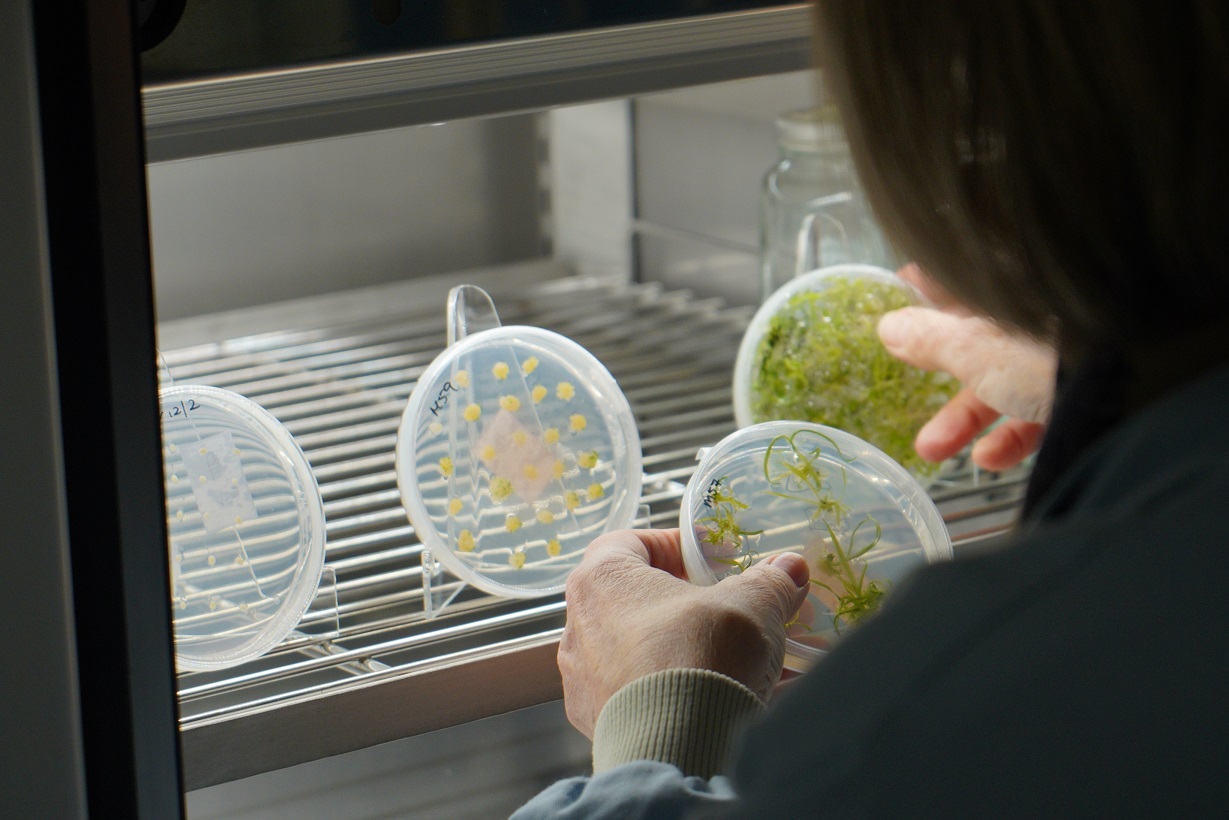Farming feeds the world—but also heats it, accounting for up to a third of global greenhouse gas emissions. And as the planet warms, the world’s food supply may shrink.
Today, a new study estimates that if greenhouse gas emissions remain unchecked, global staple-crop calorie yields could fall by 24% by 2100, dramatically weakening the global food supply.
This overturns optimistic claims that warming might help crops grow. Instead, the new findings show that each additional degree Celsius of warming could reduce the global food supply by 120 calories per person per day—roughly 4.4% of current recommended daily consumption.
Reporting today in the journal Nature, an American team analysed adaptation costs and yields for crops that provide two-thirds of humanity’s calories: wheat, corn, rice, soybeans, sorghum and cassava.
After adjusting for how real farmers adapt, in a high-emissions scenario, global calorie yields fall 24% by 2100, a steep cost given that over 800 million people already face hunger.
‘If the climate warms by 3 degrees, that’s basically like everyone on the planet giving up breakfast,’ said senior author Solomon Hsiang, professor of environmental social sciences at the Stanford School of Sustainability.

Losses hit hardest at both ends of the agricultural spectrum: the rich, productive breadbaskets—and subsistence farms. In terms of food production capacity from staple crops, the analysis concludes yield losses may average 41% in the wealthiest regions and 28% in the lowest income regions by 2100.
Of the six staple crops, only rice might avoid substantial losses. The modelling points to a 50% chance that global rice yields will increase on a hotter planet, mostly because rice benefits from warmer nights. For the other staple crops, the odds that yields will decline by century’s end range from roughly 70% to 90%.
U.S. agriculture and other breadbaskets are among the hardest-hit by climate change, while regions in Canada, China, and Russia may benefit, according to the analysis by more than a dozen scholars over the past eight years of observations from 12,658 regions across 55 countries.
When it comes to the UK and Europe, high-emissions lead to losses of wheat crops that range between −15% to −25%, for example.
The U.S. Midwest—the Corn Belt—faces dire projections in a high warming future. ‘Places in the Midwest that are really well suited for present day corn and soybean production just get hammered,’ said lead study author Andrew Hultgren, assistant professor of agricultural and consumer economics at the University of Illinois Urbana-Champaign. ‘You do start to wonder if the Corn Belt is going to be the Corn Belt in the future.’
‘This is basically like sending our agricultural profits overseas. Canada, Russia, China… are the winners, and we in the U.S. are the losers,’ said Hsiang. ‘The longer we wait to reduce emissions, the more money we lose.’
Previous models were either too optimistic or too crude. They assumed farmers either adapt perfectly or not at all.
The new study is the first to systematically measure how much farmers adjust to changing conditions. In many regions, for example, they switch crop varieties, shift planting and harvesting dates, or alter fertilizer use.
‘Any innovations that have occurred over the period of our historical data and that are correlated with per capita GDP will be captured in our model and projections,’ said Hultgren. ‘For example, access to improved seed technologies, as regional incomes improve, would be captured. However, as-yet undiscovered technological breakthroughs are not something we (or any future projection) can capture.’
Even with realistic adaptation, farmers can only offset about one-third of future losses. ‘Any level of warming, even when accounting for adaptation, results in global output losses from agriculture,’ said Hultgren.
In the shorter term, by 2050 the authors estimate climate change will drag global crop yields down by 8% – regardless of how much emissions rise or fall in the coming decades – because carbon dioxide emissions persist in the atmosphere, trapping heat for hundreds of years.
The team is working with the UN Development Program to disseminate the new climate risk insights to governments around the world and help identify communities most at risk of yield declines and where targeted support can be most effective. ‘We’re focusing on how to make it so that this is not actually what our future looks like, even if we can’t get our act together on the emissions side,’ Hsiang said.
With the planet already about 1.5 degrees Celsius hotter than pre-industrial levels, farmers in many areas are experiencing longer dry spells, unseasonable heat waves, and erratic weather that undermines yields.

Next month, the Science Museum will launch Future of Food, a free exhibition exploring how what we eat must change to protect the planet. Rupert Cole, Lead Curator of Future of Food, commented: ‘Food production is one of the biggest drivers of climate change and nature loss – planetary-scale change that threatens the future of our food supply. This new, timely exhibition will explore how we got here and, crucially, where we must go next to forge a sustainable future for food.’